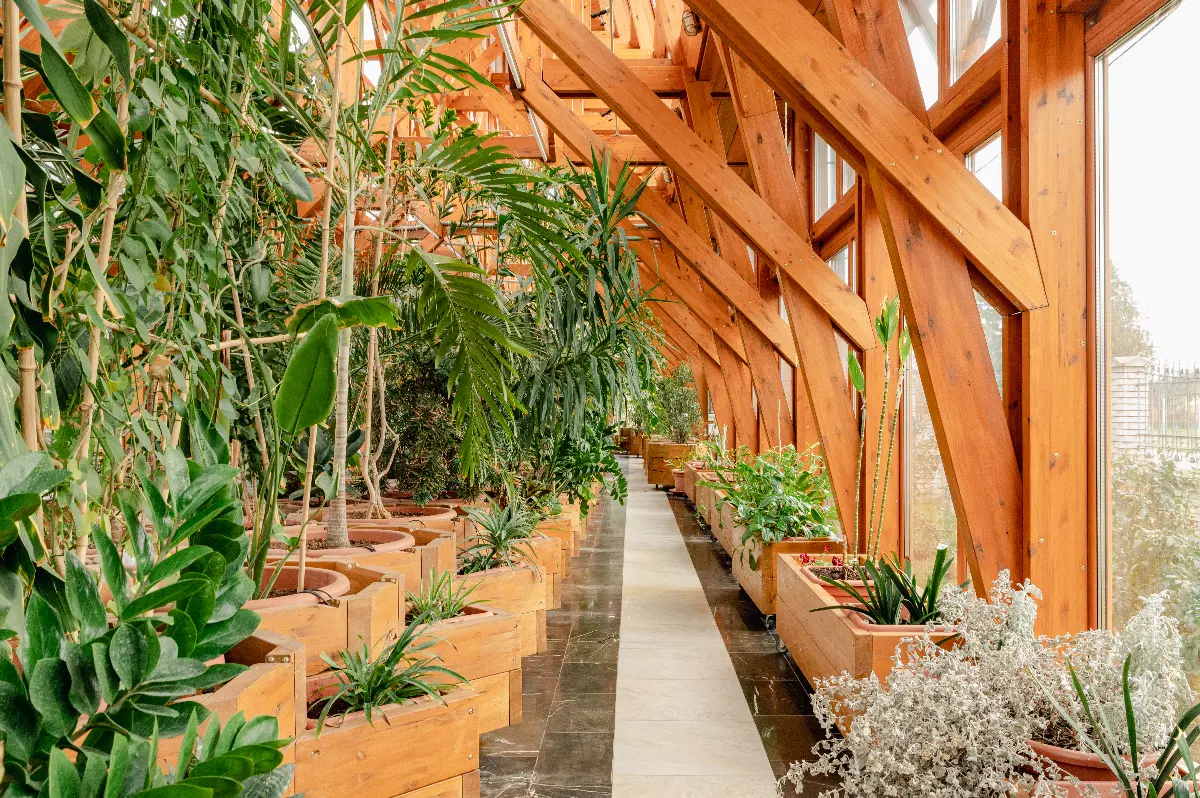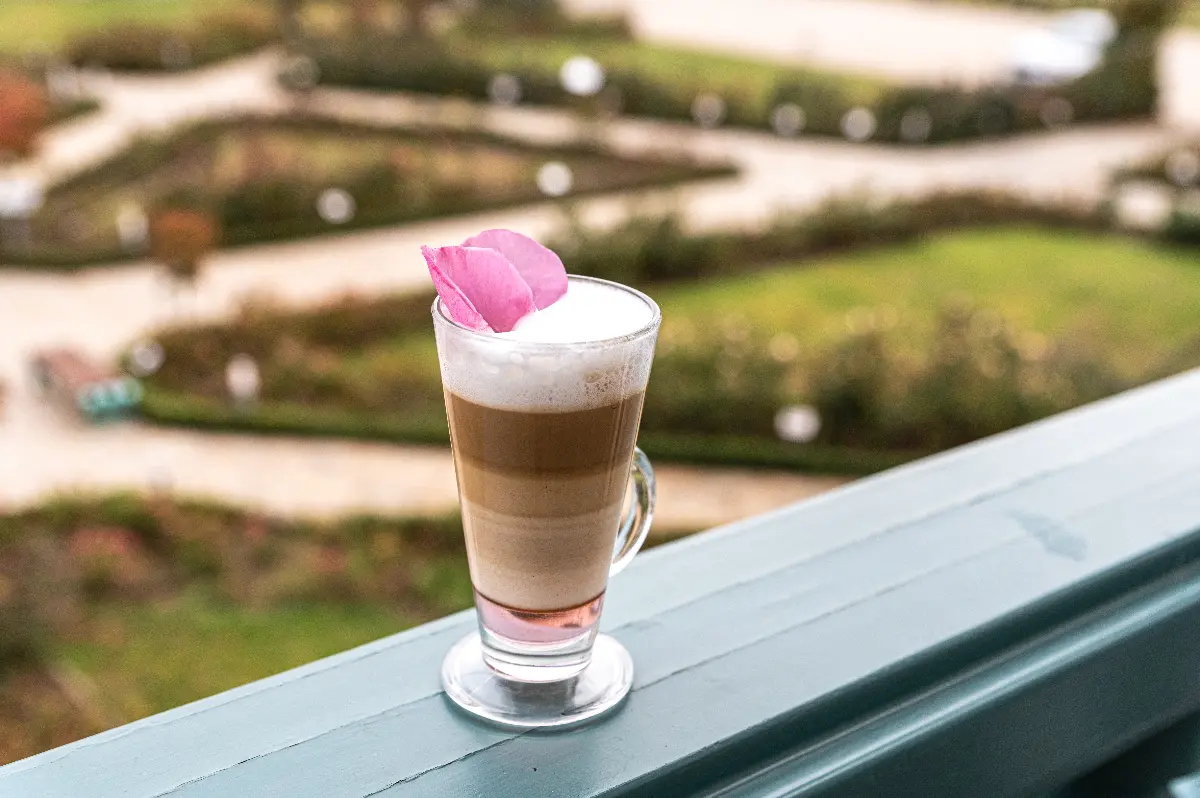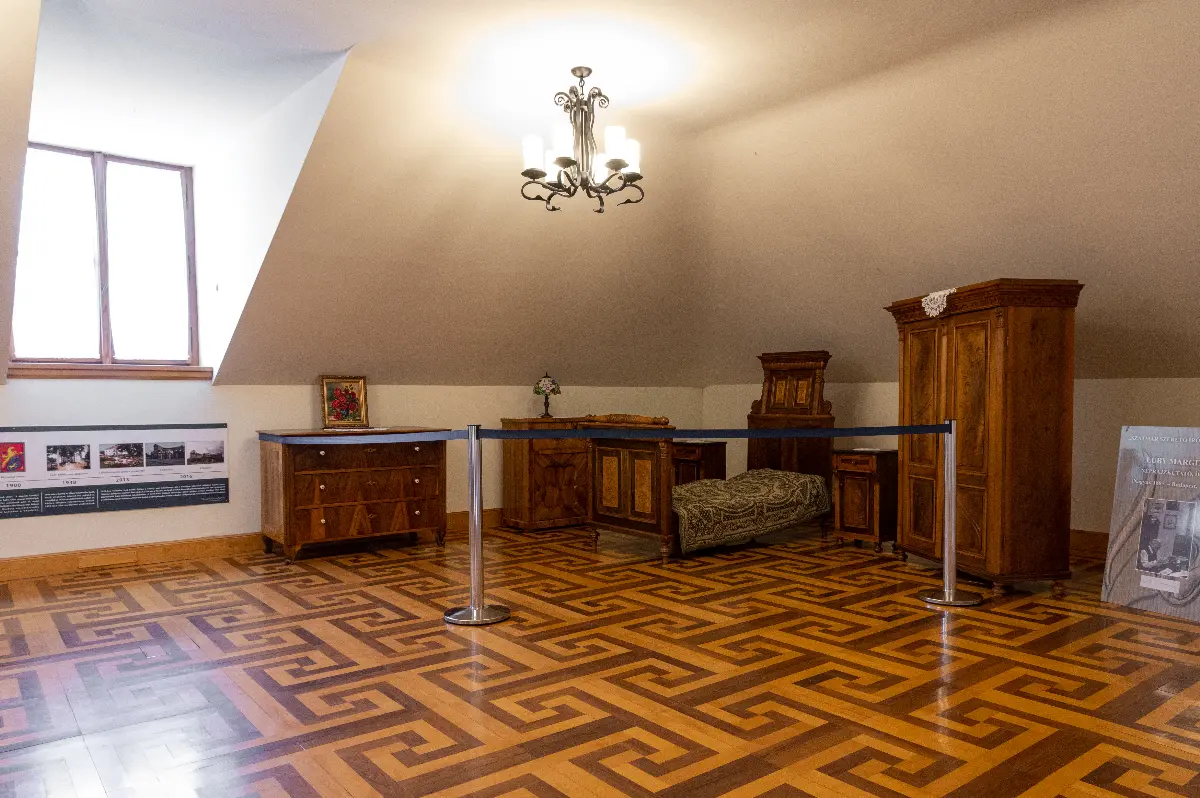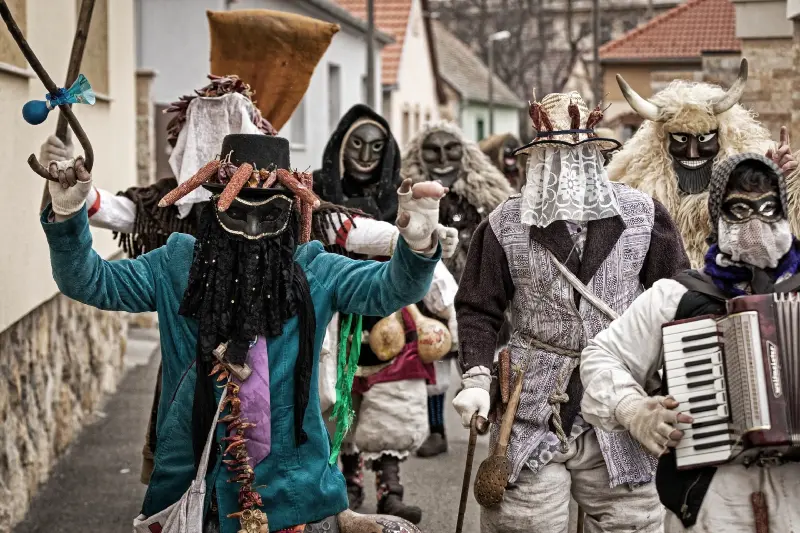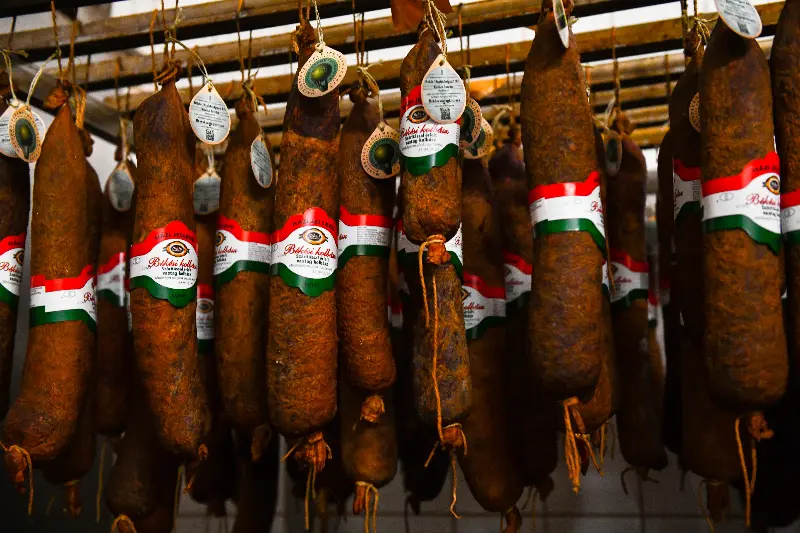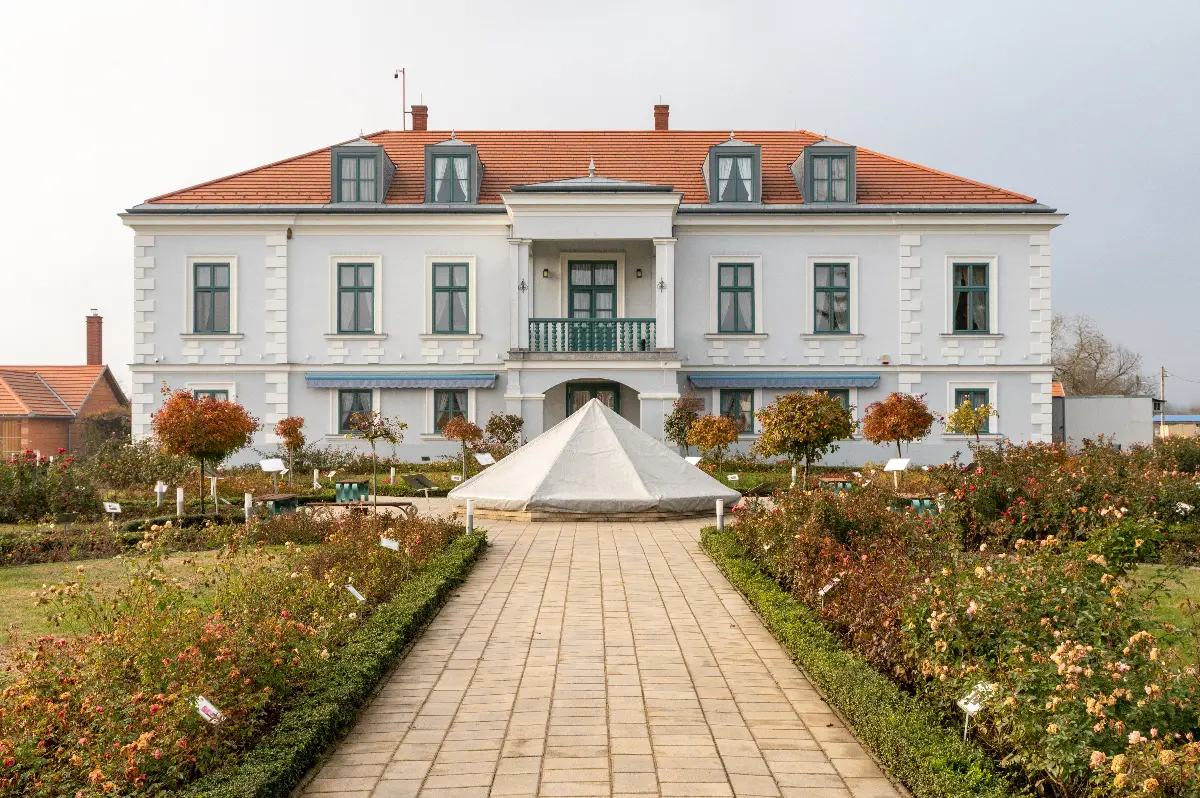
Helyszín címkék:
The name of the rose: The Luby Castle
Méhész Zsuzsa
Ruin from castle, castle from ruin
The castle was built by Géza Luby in 1878-79, to start their lives under worthy conditions with his 16-year-old bride, Margit Okolicsányi. The family’s story is quite twisted: sometimes they pawned their properties, and sometimes they reclaimed them. But one thing is certain: value creation and the preservation of values played an important role in their lives: in the family, participation in public life and strong connection to culture were almost mandatory. Ferenc Kölcsey, author of the Hungarian anthem, who lived nearby paid several visits to the castle, and the family forged bonds of friendship with scientists and artists as well. In Nagyar more buildings preserve the former presence of the Luby family; the most beautiful of all is the restored castle – and it’s also open to visitors. Its history is like all Hungarian castles’ history in general: the family left its former place of residence, their lands were nationalised, the castle became a stable, later on a social institution. It looked so ruined and devastated that no one expected that something still could come out of it...
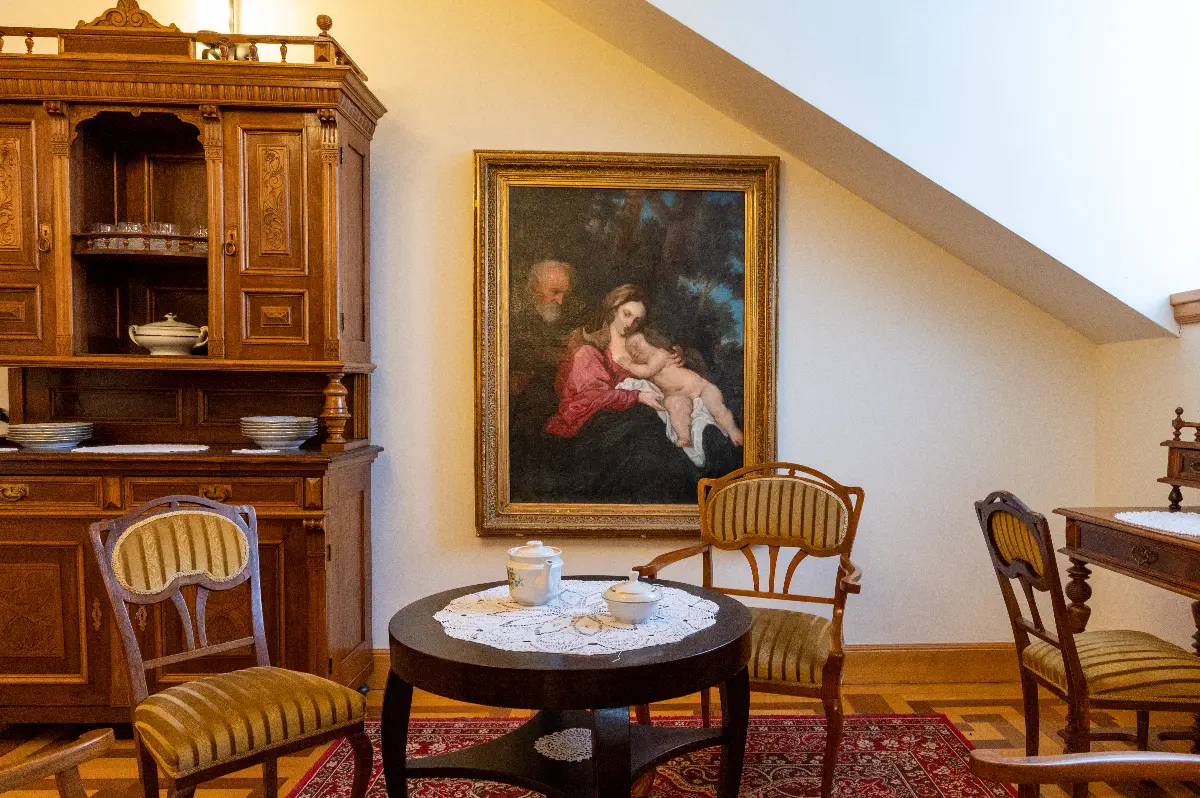
Everyone seemed waiting for it to collapse and no longer spoil the landscape of the village. Fortunately, things happened differently: In 2010 a local entrepreneur had a big dream and started the restoration. There were no records left on the original colour of walls and windows, and the renovators have already chosen yellow, when traces of grey-blue paint were found on a former window frame of the castle built in a rabbit house in the village.
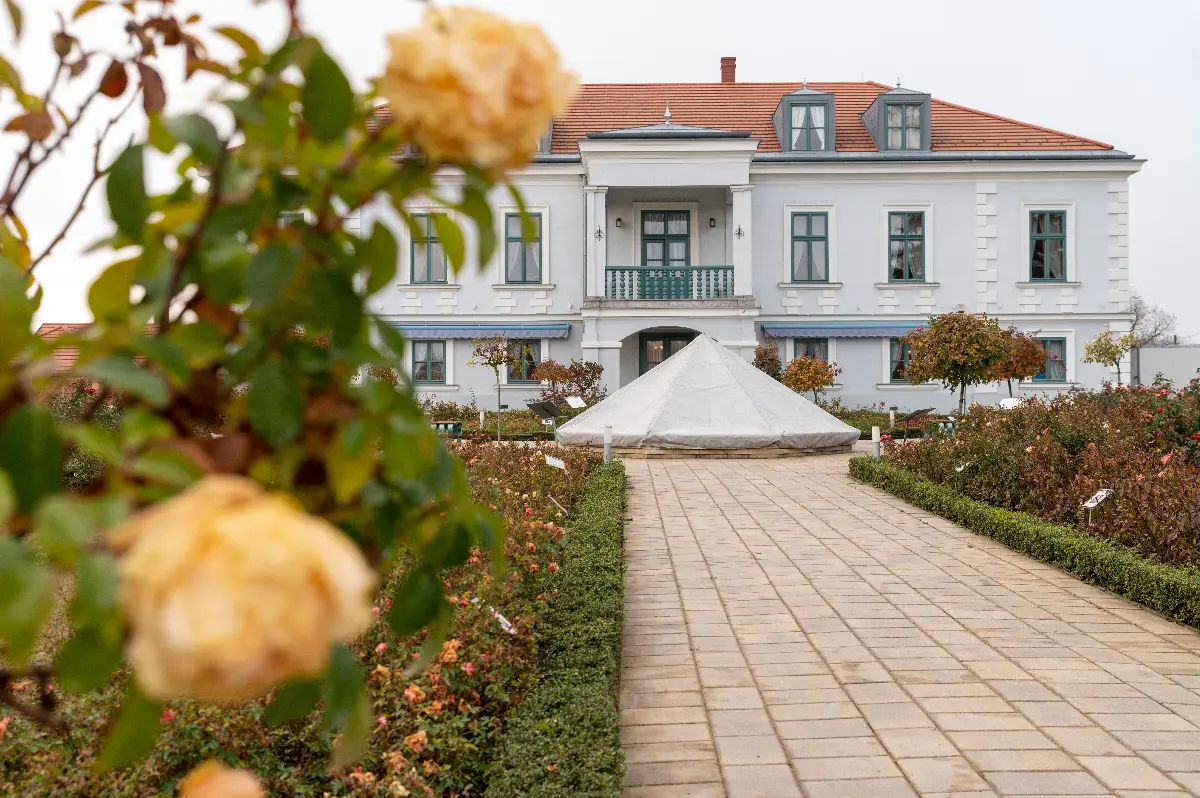
The rose king
The first owner created a rose grove around the castle that was reportedly bigger and nicer than the “standard” of the era: the rose garden in Margaret Island. Besides his young wife, Géza Luby adored roses: his garden was a curiosity in Hungary. In addition, he created a model farm exceeding the standard of his age. Later on, his life got harder: his wife’s mind twisted, his marriage fell apart, and he struggled with financial difficulties. He sold the castle with heavy heart, but subsequently his son manages to buy it back. Upon the restoration of the castle the rose garden was rehabilitated too. Today, this is Hungary’s greatest, thematic, musical rose garden.
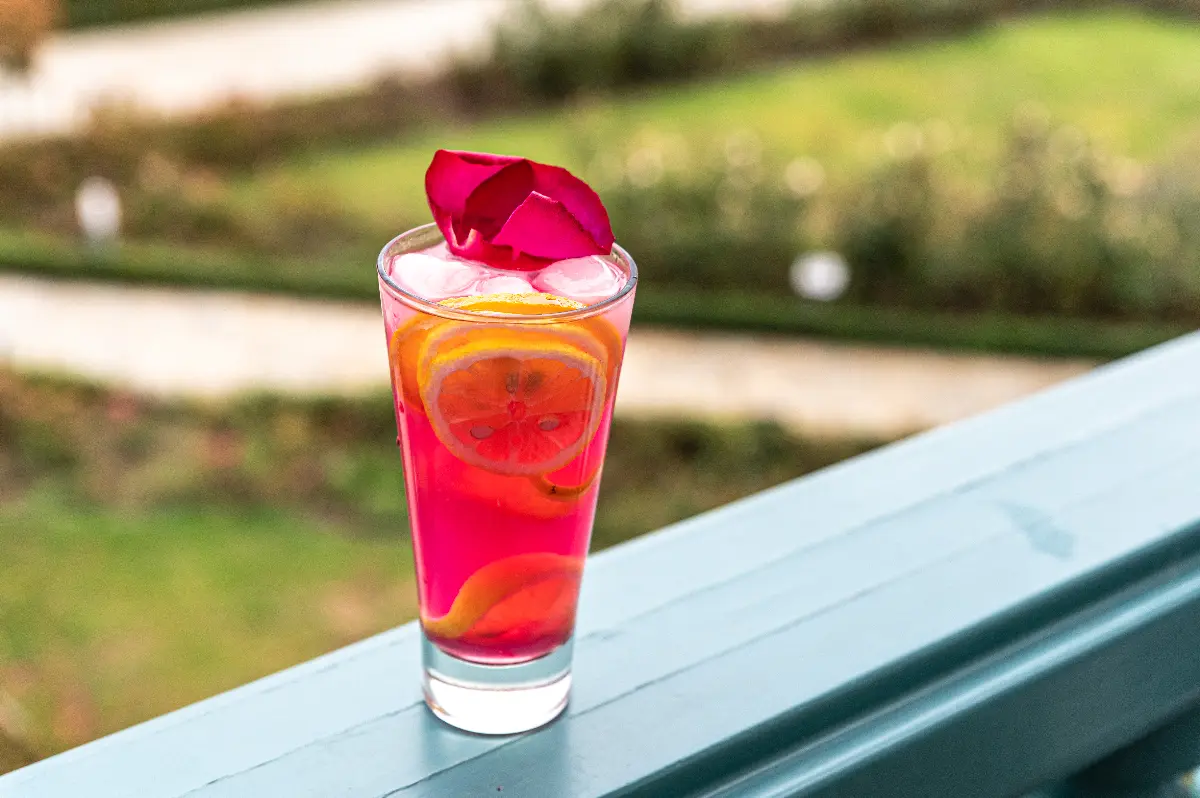
Margit!
During the castle’s renovation a small, dark-haired dog was hanging about beside the workers. It didn’t have a home, therefore it become the abandoned, degraded castle’s last resident. It was called Margit, just like the family’s famous ethnographer, Margit Luby, who was born in this building. Not for disrespect, rather becauseit was obvious that the dog belongs to the castle just like the Luby family. Margit Luby as a little girl curiously wandered around the property in Nagyar, and observed the work, the habits, and simple peasant life. She often asked questions during harvest and threshing, sometimes she even hindered the workers – but the landlord’s daughter’s questions couldn’t be left unanswered. This is how harvesting the grain took longer time – and this is how Margit Luby became a teacher, later on ethnographer, and the writer of several books recording the ethnographic values, customs, and festivals of the region, and the surviving traditions of shepherding.
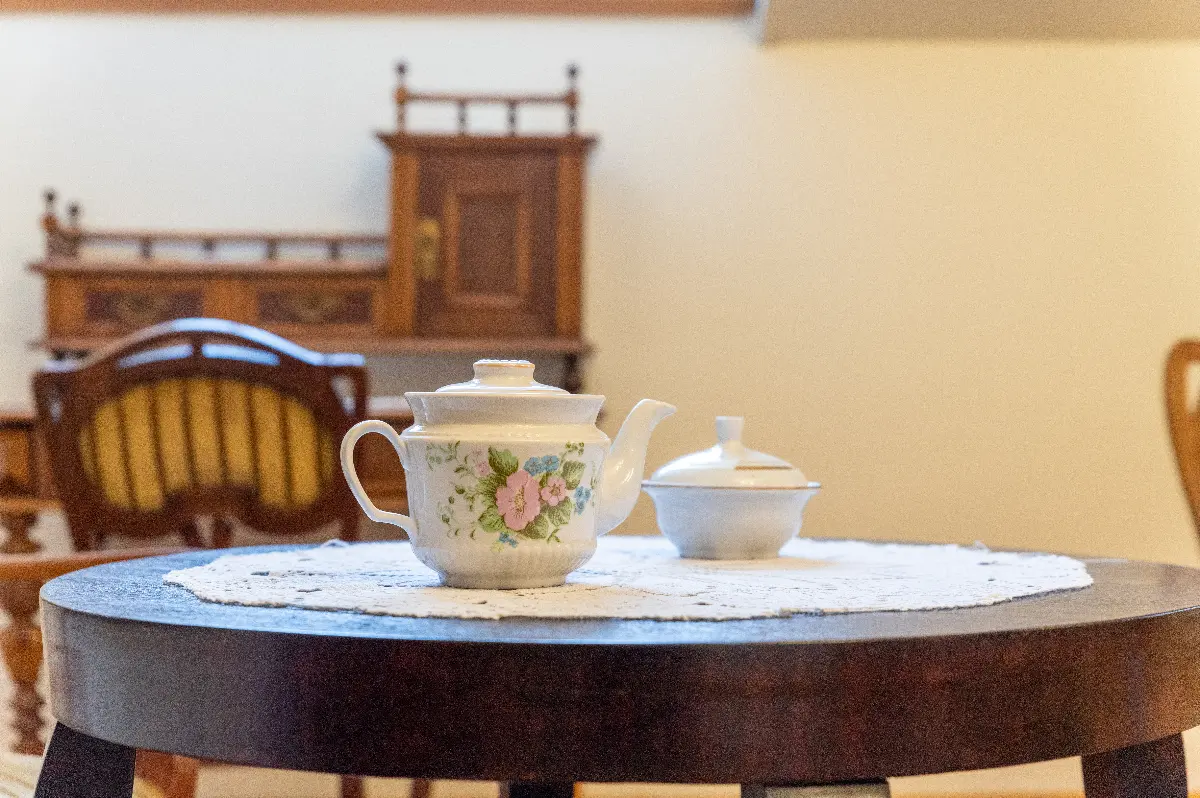
The Luby Castle hosts various events and the exhibition of wood carving artist Tibor Erdélyi. Children can play an interactive game related to Szatmár region, while in the gift shop it is possible to buy rose and rosewater jams, decorations and lemonade. Next to the musical rose garden, where Géza Luby’s former greenhouse stood, there is a visitable palm house, peacocks walk between the rosarium’s pavilions. The members of the Luby family’s Szatmár side are buried in the family crypt located in the castle garden. The old mansion opposite the castle once hosted the most famous Hungarian poet of the era, Sándor Petőfi.
